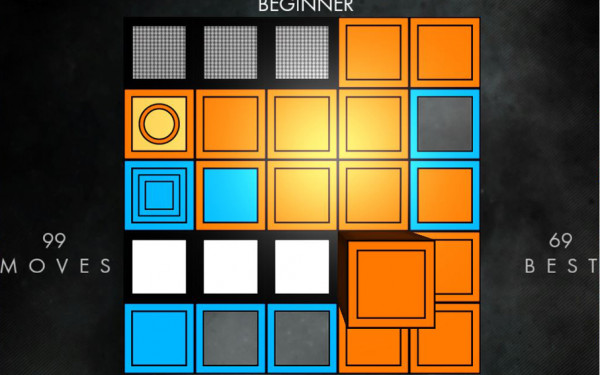Confronting Consequences
Life is Strange Explores the Ability to Choose in Gaming
Since the release of the first episode of Life Is Strange, Dontnod Entertainment’s most recent episodic video game in early 2015, I’ve been monitoring people’s emotional reactions, watching them escalate as each episode grew more intense.
My need to play the game grew right along with it. Soon after the fifth and final episode was released, I bought the game in full and played through it in less than a week.
The game has been nominated for the 2016 Emotional Games Awards, and in three different categories no less—best game, best design and best music.
Life Is Strange follows the story of Maxine Caulfield, a photography student. Max soon discovers that she has the ability to rewind time when she witnesses her childhood friend, Chloe Price, about to get shot.
This triggers her mysterious power, and she begins using it to change things for the better—or so she thinks. From there, Max and Chloe team up as a ragtag detective duo, using time powers to discover the whereabouts of a missing girl.
Similar to the PlayStation 4 game Until Dawn, Life Is Strange uses the concept of the butterfly effect to further the plot and narrative. All choices that the player makes as Max have consequences—whether the result is good or bad, the player can only hope.
The game comes up with some serious ultimatums that will change the storyline and how the other characters will interact with Max. There were some intense questions that I had to take a moment to really think about.
Some instances in the game dealt with serious subject matter like mercy killing and talking someone down from jumping to their death.
The player also chooses how to interact with objects and people while they walk around different locations. Something as simple as watering your dorm room plant or leaving a window open may change things, so it’s important to really look at your surroundings during play.
The game is structured episodically to resemble a television series. Every new episode starts off with a cinematic recap of past events that happened in previous episodes.
They also end with a cliffhanger in the form of a dramatic montage, leaving the player wondering what will happen in the next installment.
This television-esque style added an element of drama to the game and really set a more intriguing atmosphere. I’m glad I waited until all episodes were released before playing—those cliffhangers were just cruel.
Life Is Strange is a game that makes you realize the weight of your decisions and the consequences they may have. It’s also a great answer as to why time travel is never a good thing to mess with—ever.
The gameplay is smooth, the characters are complex and relatable, and the soundtrack fit the mood of the storytelling.
You can find all of Life Is Strange on Steam for $21.99 or get it for PlayStation or Xbox—all you have to do is make the choice.

_900_357_90.jpg)
_600_832_s.png)




